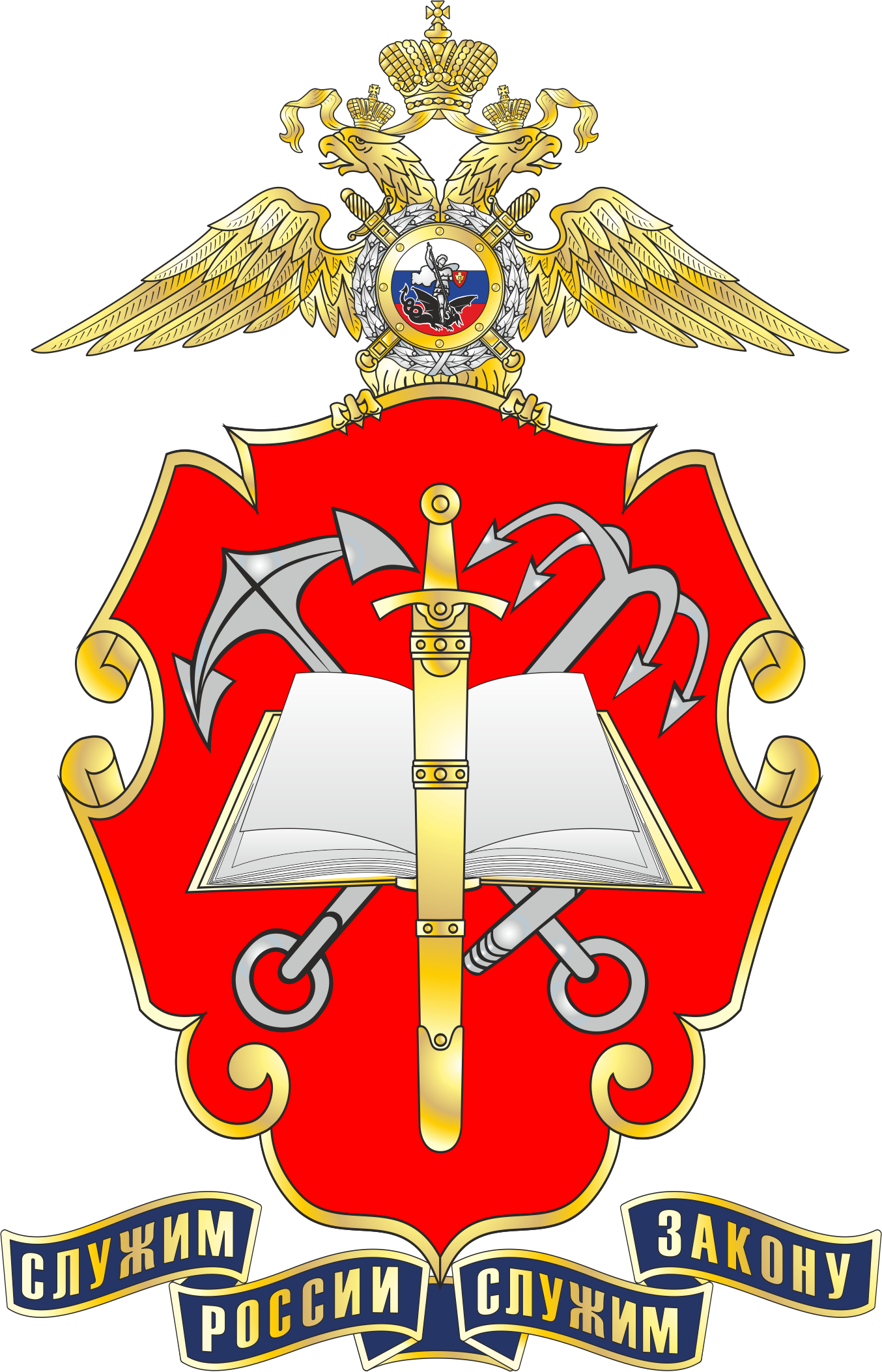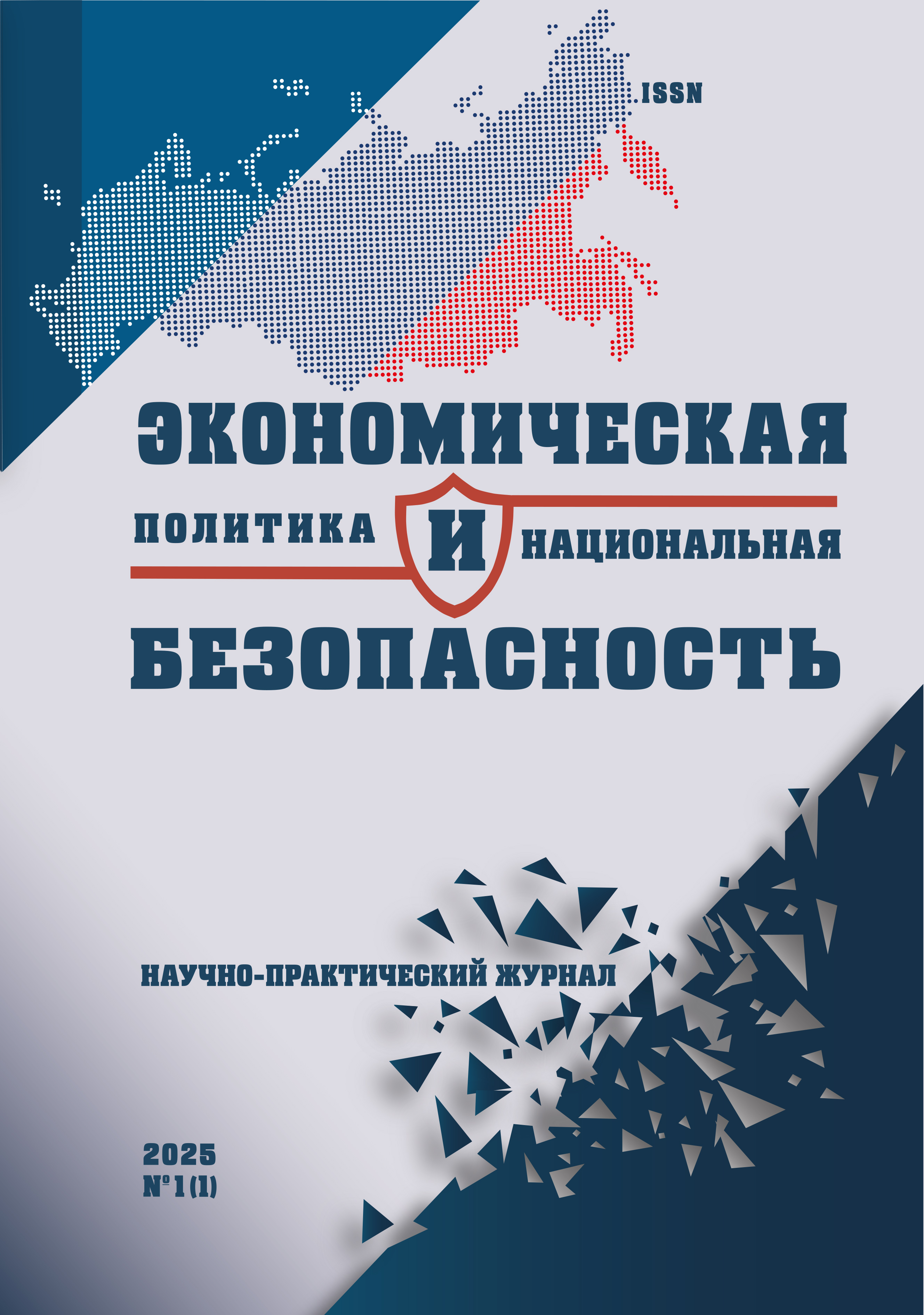Russian Federation
from 01.01.2019 until now
Sankt-Peterburg, St. Petersburg, Russian Federation
Introduction. Statistical analysis of economic crime is used to assess the effectiveness of countermeasures, however, due to the high latency, reporting distortions and inertia of such offences, interpretation of the results requires particular methodological caution. Methods. The methods of correlation and regression analysis, component decomposition of time series, and trend approximation using polynomial function are used in this work. Special attention is paid to the problem of false correlation and time lags in modelling. Results. It has been established that a significant part of seasonal fluctuations in the data on detected crimes of economic orientation is caused by the organisational and reporting logic of law enforcement agencies rather than real criminal activity. The division of crimes by the degree of latency as a condition for correct statistical analysis is proposed. The conclusion is made about the impossibility of direct extrapolation of official statistics to assess the dynamics and structure of threats to economic security without taking into account the peculiarities of the formation of the array of observations.
economic crime, latency, statistical analysis, time series, seasonality, economic security
1. Abramyan, S. I., and Artem A. Fedotov. 2022. “Chelovecheskiy potentsial i uroven’ zhizni naseleniya: funktsional’nyye vzaimosvyazi” [“Human potential and the standard of living: functional interrelations”] (In Russ.). Ekonomika i biznes: teoriya i praktika [Economy and Business: Theory and Practice] 94, no. 12-1: 11–14. https://doi.org/0.24412/2411-0450-2022-12-1-11-14
2. Besschasnyy, Sergey A. 2025. “Aktual’nyye voprosy formirovaniya gosudarstvennoy statisticheskoy otchotnosti o sostoyanii prestupnosti” [“Current issues in the formation of official statistical reporting on the state of crime”] (In Russ.). Prokuror [Prosecutor], no. 1: 75–8.
3. Bogdanova, Marina V., and Lidiya S. Parshintseva. 2018. “Metodika informatsionno-statisticheskogo analiza prestupnosti v Rossiyskoy Federatsii” [“Methodology of informational and statistical analysis of crime in the Russian Federation”] (In Russ.). Pravovaya informatika [Legal Informatics], no. 3: 47–59. https://doi.org/10.21681/1994-1404-2018-3-47-59
4. Vergazova, Anna T. 2022. “Indeks potrebitel’skikh nastroyeniy kak determinant urovnya prestupnosti v Rossiyskoy Federatsii” [“Consumer sentiment index as a determinant of the crime rate in the Russian Federation”] (In Russ.). Vestnik Moskovskogo gosudarstvennogo lingvisticheskogo universiteta. Obshchestvennyye nauki [Bulletin of Moscow State Linguistic University. Social Sciences] 847, no. 2: 135–143. https://doi.org/10.52070/2500-347X_2022_2_847_135
5. Garipov, Robert I. 2023. “Otsenka vliyaniya ekonomicheskikh prestupleniy na sotsial’no-ekonomicheskoye razvitiye Chelyabinskoy oblasti” [“Assessment of the impact of economic crimes on the socio-economic development of the Chelyabinsk region”] (In Russ.). Upravlenie v sovremennykh sistemakh [Management in Modern Systems] 38, no. 2: 49–57. https://doi.org/10.24412/2311-1313-38-49-57
6. Gorpinchenko, Kseniya N., et al. 2023. “Faktornyy analiz urovnya ekonomicheskoy prestupnosti v Rossiyskoy Federatsii” [“Factor analysis of the level of economic crime in the Russian Federation”] (In Russ.). Vestnik Al’tayskoy akademii ekonomiki i prava [Bulletin of the Altai Academy of Economics and Law], no. 6-1: 28–35.
7. Izvarina, Nataliya Yu., Vera E. Shumilina, and Oxana N. Kudovba. 2020. “Statisticheskiy analiz prestupleniy v sfere ekonomicheskoy deyatel’nosti” [“Statistical analysis of crimes in the field of economic activity”] (In Russ.). Filosofiya prava [Philosophy of Law] 94, no. 3: 96–104.
8. Kakutich, Yevgeniy Yu., Viktoriya V. Pobirchenko, and Elena A. Shutaeva. 2023. “Ob otsenke vliyaniya urovnya korruptsii na sotsial’no-ekonomicheskiye protsessy” [“On assessing the impact of corruption levels on socio-economic processes”] (In Russ.). Nauchnyy vestnik: finansy, banki, investitsii [Scientific Bulletin: Finance, Banks, Investments] 62, no. 1: 144–160.
9. Molchanova, Tatiana V. 2023. “Trudnosti statisticheskoy interpretatsii prestupnosti” [“Difficulties in the statistical interpretation of crime”] (In Russ.). Vestnik Kazanskogo yuridicheskogo instituta MVD Rossii [Bulletin of the Kazan Law Institute of the Ministry of Internal Affairs of Russia] 14, no. 2: 90–7. http://doi.org/10.37973/KUI.2023.27.17.013
10. Nakova, Madina R. 2019. “Analiz vliyaniya nalogovykh prestupleniy na ekonomicheskuyu bezopasnost’ regionov Rossiyskoy Federatsii” [“Analysis of the impact of tax crimes on the economic security of Russian regions”] (In Russ.). Vestnik Moskovskogo universiteta MVD Rossii [Bulletin of Moscow University of the Ministry of Internal Affairs of Russia], no. 5: 337–43. https://doi.org/10.24411/2073-0454-2019-10296
11. Ozersky, Sergey V. 2023. “Vliyaniye urovnya bezrabotitsy na uroven’ prestupnosti: protivorechivyye aspekty” [“The influence of the unemployment rate on the crime rate: controversial aspects”] (In Russ.). Vestnik Samarskogo yuridicheskogo instituta [Bulletin of the Samara Law Institute] 52, no. 1: 67–72. https://doi.org/10.37523/SUI.2023.52.1.010
12. Reutov, Viktor E., and Igor F. Zinoviev. 2015. “Problemy traktovki i issledovaniya ekonomicheskoy prestupnosti v Rossii” [“Problems of interpretation and study of economic crime in Russia”] (In Russ.). Pravo i sovremennyye gosudarstva [Law and Modern States], no. 2: 103–12. http://dx.doi.org/10.14420/ru.2015.2.10
13. Terekhov, A. M. et al. 2021. “Prakticheskiye aspekty statisticheskogo modelirovaniya i prognozirovaniya prestupnosti na osnove dannykh ryadov dinamiki” [“Practical aspects of statistical modeling and forecasting of crime based on time series data”] (In Russ.). Yuridicheskaya nauka i praktika: Vestnik Nizhegorodskoy akademii MVD Rossii [Legal Science and Practice: Bulletin of the Nizhny Novgorod Academy of the Ministry of Internal Affairs of Russia] 55, no. 3: 91–7. https://doi.org/10.36511/2078-5356-2021-3-91-97
14. Fedotov, Artem A. 2019. “Sotsial’noye neravenstvo i uroven’ prestupnosti: mezhregional’nyy analiz” [“Social inequality and the crime rate: interregional analysis”] (In Russ.). Ekonomika i biznes: teoriya i praktika [Economy and Business : Theory and Practice], no. 9: 208–211. https://doi.org/10.24411/2411-0450-2019-11193
15. Khalikova, Albina F., Ekaterina Yu. Sapozhnikova. 2020. “Statisticheskiy analiz vliyaniya sotsial’noekonomicheskikh faktorov na uroven’ prestupnosti kak ugrozy natsional’noy bezopasnosti Rossii” [“Statistical analysis of the influence of socio-economic factors on the crime rate as a threat to Russia’s national security”] (In Russ.). Regional’naya ekonomika. Yug Rossii [Regional Economy. South of Russia] 8, no. 2: 86–92. https://doi.org/10.15688/re.volsu.2020.2.9
16. Chernyshov, Viktor V., and Edgar P. Abovyan. 2022. “Faktornyy analiz ekonomicheskoy prestupnosti v Rossii” [Factor analysis of economic crime in Russia”] (In Russ.). Evraziyskiy yuridicheskiy zhurnal [Eurasian Law Journal] 172, no. 9: 296–9.
17. Shoesmith, Gary L. 2013. “Space–time autoregressive models and forecasting national, regional and state crime rates.” International Journal of Forecasting 29, no. 1 (March): 58–80.






